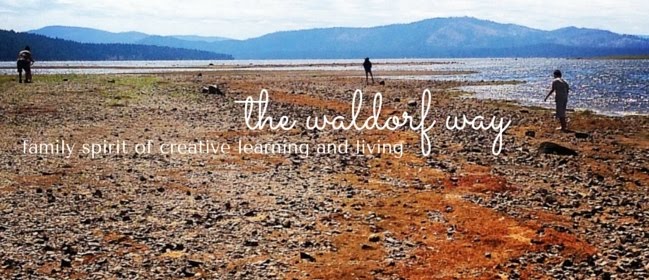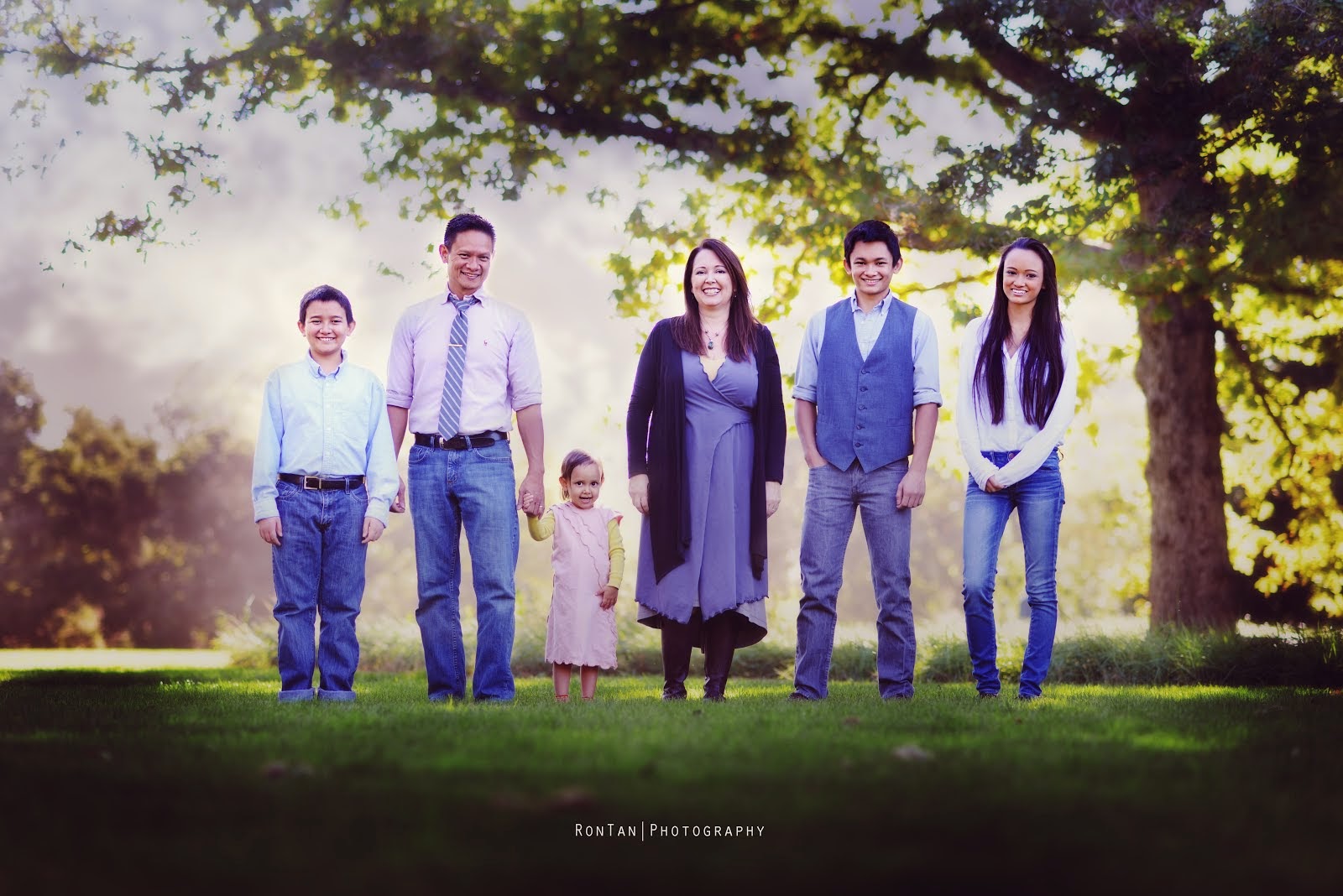
Our sixth grade block in Roman History at Davis Waldorf was crowned today with a Roman feast and a presentation of our Aqueduct Project. The project, in Roman fashion, required precision and citizenship. Each segment of the aqueduct had to be exactly measured and executed by each of the students so that when connected, their sections would function collectively to convey water.
The project needed a box of specific dimensions, and cut precisely for the columns, arches, and holes. A layer of spackling or plaster, scored and painted to resemble brick, gave it an artistic touch. When each of the segments were lined up end to end, the impact was quite incredible. I ran a 3/4" PVC pipe through all the segments, attached a hose to one end, and a spout at the other. Our aqueduct directed water for a ceremonious washing of our hands to begin our Roman feast.
The Roman saying holds true: FINIS CORONAT OPUS (the end crowns the work). I think the students will remember this project, and they will know the work they put into it had lead to a sense of accomplishment and pride.







